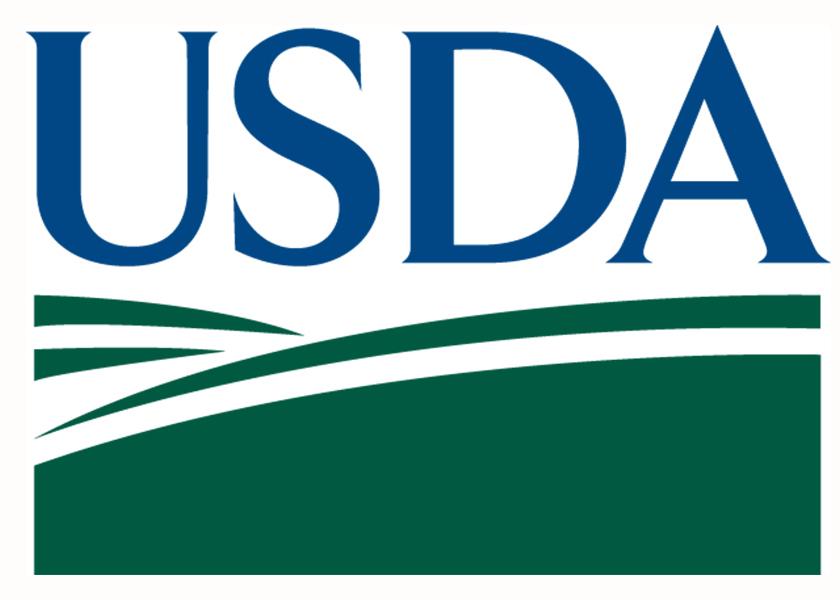New H2A Wage Rule Ensures More Stability for Farmers

U.S. Secretary of Agriculture Sonny Perdue praised the Department of Labor’s (DOL) new H2A Wage Rule on Monday. According to a USDA release, the new rule delivers on President Trump’s promise to stabilize farm labor costs and reform the H-2A wage rate.
“This rule shows once again President Trump’s commitment to America’s farmers by delivering lower costs when they need it the most,” Sec. Perdue said in a release. “Over the past several years farm wages have increased at a higher pace than other industries, which is why this DOL rule could not come at a better time. This is an example of good government that will ensure greater stability for farmers and help them make long term business decisions rather than facing uncertainty year after year.”
DOL’s final rule updates the methodology for determining the annual Adverse Effect Wage Rates (AEWRs) in the H-2A visa program. Not only does the new rule improve the consistency of the AEWRs, but it also provides stronger protections for workers and establishes better stability and predictability for employers in complying with their wage obligations, USDA noted in the release.
The rule stabilizes the wage rate for the vast majority of agricultural jobs through calendar year 2022 by using the average hourly wages for field and livestock workers (combined), as reported by the USDA’s Farm Labor Survey published in November 2019, as the AEWRs for field and livestock worker occupations.
According to USDA, the DOL will adjust these AEWRs annually beginning in 2023 by the percentage change in the Bureau of Labor Statistics’ (BLS) Employment Cost Index for wages and salaries for the preceding 12-month period.
For all other agricultural jobs (typically supervisory or higher skilled uniquely skilled), DOL will set and annually adjust the AEWRs using the average hourly wages for the occupational classification reported by the BLS Occupational Employment Statistics (OES) Survey program, USDA said in a release.
The changes also address stakeholder concerns about unpredictable wage changes from year-to-year associated with DOL’s prior AEWR methodology.
“More predictable wage adjustments in the H-2A program will help American farmers plan and budget for their workforce needs, and ensure that wages in the H-2A program keep pace with steadily increasing wages in the wider economy. By taking this action, DOL is protecting U.S. workers and helping farmers keep food on America’s tables,” USDA said in the release.
DOL intends to issue a second final rule to finalize the remainder of the July 29, 2019, proposed rule that will address certification of agricultural labor or services performed by H-2A workers, and enforcement of the contractual obligations applicable to employers of such nonimmigrant workers, USDA said.
Read more:
H2A Concerns, Transport for Livestock: Today's COVID-19 Coverage







